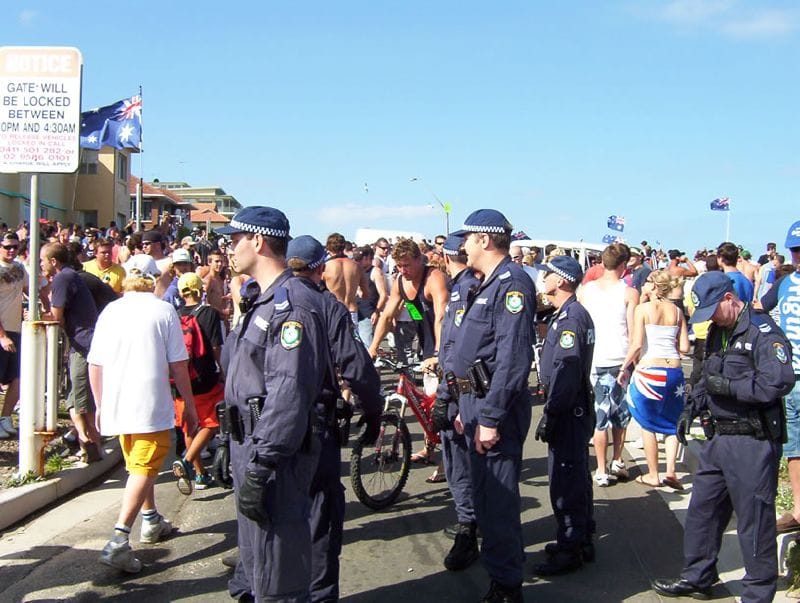
The focus of national politics will be on the Batman by-election this week, and the result will have implications for the Australian party system.
The by-election was caused by the resignation of Labor MP David Feeney following unresolved questions about whether he had successfully relinquished his right to British and Irish citizenship.
Mr Feeney held the seat since 2013, but came close to losing it in 2016. In fact, Labor holds Batman by just 1 per cent. This makes Batman an ultra-marginal seat and tough for Labor to defend, especially against the Greens.
The main candidates
The Greens have selected Alex Bhathal to try to become the second lower house member of the Greens in federal parliament. The Greens hold the seat of Melbourne that is situated south of the district of Batman. Ms Bhathal has built a high public profile in the electorate and this will be the sixth time she contests the seat.
Representing Labor is Ged Kearney, who has been a prominent figure in national politics, as she's been president of the Australian Council of Trade Unions since 2010.

Throughout the campaign, the Greens have been distracted by internal instability, especially as party members continued to air allegations of misconduct and harassment against Ms Bhathal just a week out from the vote. Labor, on the other hand, has had to deal with the controversy over reports that Ms Kearney does not live in the electorate she wants to represent.
The campaign has been dominated by the Adani coal mine in Queensland, as well as more local issues concerning housing affordability and government services.
There will also be a range of minor parties fielding candidates, including the Australian Conservatives, Australian Liberty Alliance and the Animal Justice Party. While either party is unlikely to win the seat, their preferences may be critical in deciding the eventual winner if the election is a close battle between Labor and the Greens.

The electorate of Batman
Batman, named after one of the founders of Melbourne, John Batman, stretches north of Melbourne and covers the suburbs of Clifton Hill in its southern edge to Reservoir in its north.
Batman has been a Labor Party stronghold in the post-war period, but the demographics of the seat have changed in recent years. The electorate is now polarised.
The polling booths in the south, covering areas such as Northcote and Thornbury, are strongest for the Greens. The booths in the north, however, are strongest for Labor. The middle of the electorate tends towards Labor, but the Greens also have strong booths scattered throughout.
Can the Greens win?
The climate is right for the Greens to finally win the seat they had come so close to winning in recent elections.
Traditionally, minor parties and independents have performed well in by-elections. Furthermore, the Liberal Party won't be fielding a candidate. As a result, Liberal voters, who made up 20 per cent of the electorate based on the 2016 election, will have to decide which of the 10 candidates they'll support. The Greens will also be buoyed by the fact that they won the Northcote by-election just four months ago.
Should it hold onto Batman, Labor will face immediate pressure to keep the seat at the next general election, expected within 12 months. A win for the Greens will be seen as evidence that the established party system is decaying. It will also motivate the party to redouble its efforts in inner metropolitan seats, especially in Melbourne and Sydney, as it seeks to overcome the disappointing result of the recent Tasmanian state election.
Winning Batman back from the Greens will also prove difficult for Labor, if the parties’ performance in the federal seat of Melbourne is anything to go by.
In any case, the end result of the Batman by-election will not have a significant impact on the Turnbull Government. But it will have significant repercussions for Labor and the Greens, who have become the best of enemies when it comes to inner-metropolitan electoral contests.





